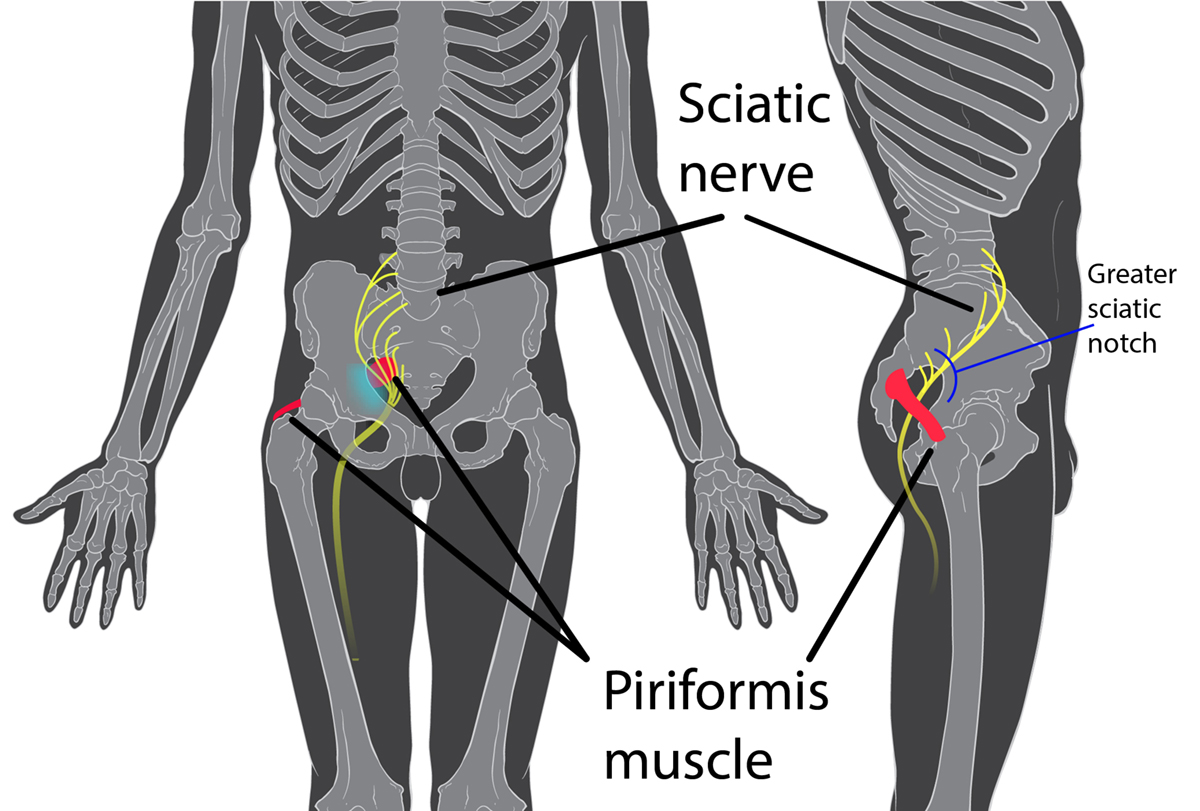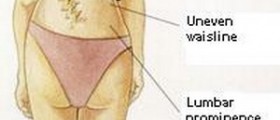
Piriformis syndrome is a disorder in which the piriformis muscle, located deep within the rear and running toward the hip, upsets the sciatic nerve. This results in pain in the buttocks and radiating pain along the course of the sciatic nerve. This transferred pain, better known as "sciatica", usually goes down the back of the thigh and into the lower back. Piriformis syndrome often affects runners, especially those who run downhill, and pregnant women due to the laxity in their ligaments and the change in position of their pelvis to adjust childbirth. Office workers who sit for many hours sometimes report this condition as well.
The indicators of Piriformis syndrome
Piriformis syndrome is primarily characterized by pain and instability. The place of the pain is often vague, but it mostly exists in the hip, coccyx (the tailbone), buttock, groin, or distant part of the leg. The pain becomes more severe when the sciatic nerve is squeezed against the piriformis muscle in activities such as sitting, or during rotation of the leg toward the inside (for instance, against static or still thigh). In some cases, a person may have pain in one part of his or her leg and numbness in another. Tingling or a pins-and-needles feeling, may occur in patient’s toes or in a part of the foot due to nerve compression. A failure of bladder or bowel control may be a sign of this serious disorder.
Piriformis syndrome: Tests and diagnosis
The diagnosis of piriformis syndrome is usually based on the symptoms a patient reports and on the results of a physical exam. However, there are certain methods which can also be used to diagnose the syndrome, and some of them are magnetic resonance imaging (MRI), computed tomography (CT) scanning and electromyography (EMG). The Beatty method implies that the patient lies on the table on the healthy side and moves the thighs in the upward direction. The Freiberg method is used to reproduce the pain by means of forced internal rotation of the extended thigh.
Treatment for Piriformis syndrome
Initially, the physician will suggest resting, as much as possible. The patient should try to stop with all the activities which lead to stress and pressure on the piriformis muscle. The physician may advise the patient to go to physical therapy sessions. Rehabilitation regularly assumes exercises to improve the patient's posture, strengthen the muscles supporting his or her back, and improve the patient's ability to bend.
A surgical procedure is also an option of last resort to treat piriformis syndrome, as it does not guarantee a complete solution. Stretching exercises for the patient’s low back can help the patient feel better and may help reduce nerve root pressure. Other interventions for piriformis syndrome are based on alternative treatments, such as acupuncture, massage, chiropractic and hypnosis.
Finally, piriformis syndrome can be a very painful and irritating condition. If you believe you may have it, it is important to seek medical attention as soon as possible.

















Your thoughts on this
Loading...